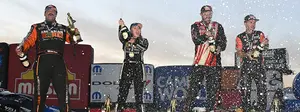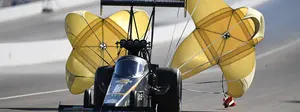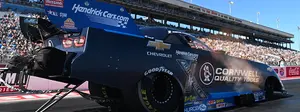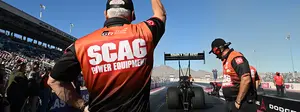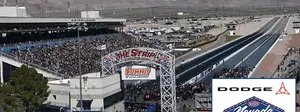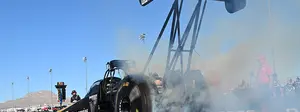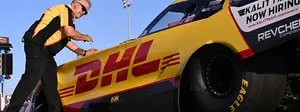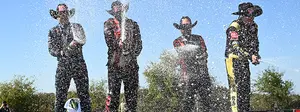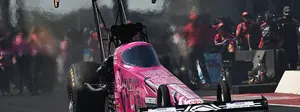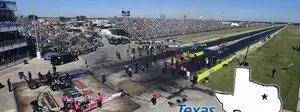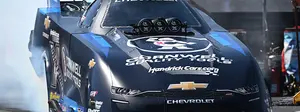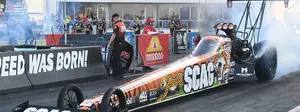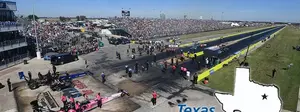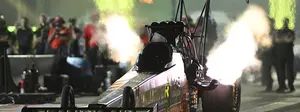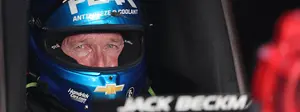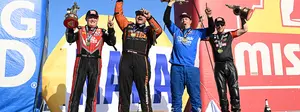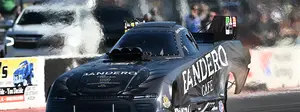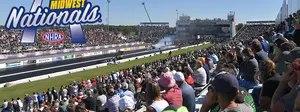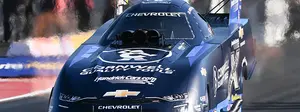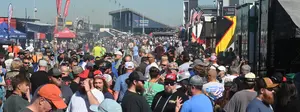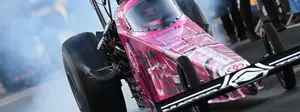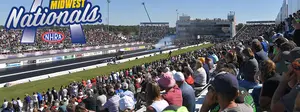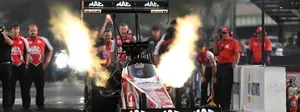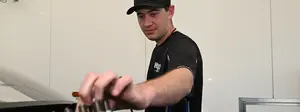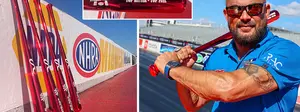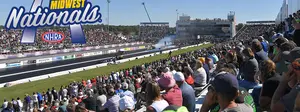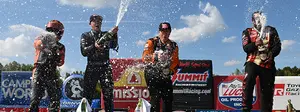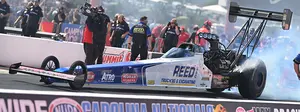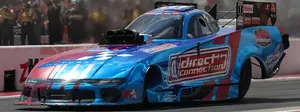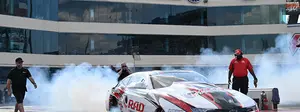

Todd Paton's services are in demand, both on and off the track
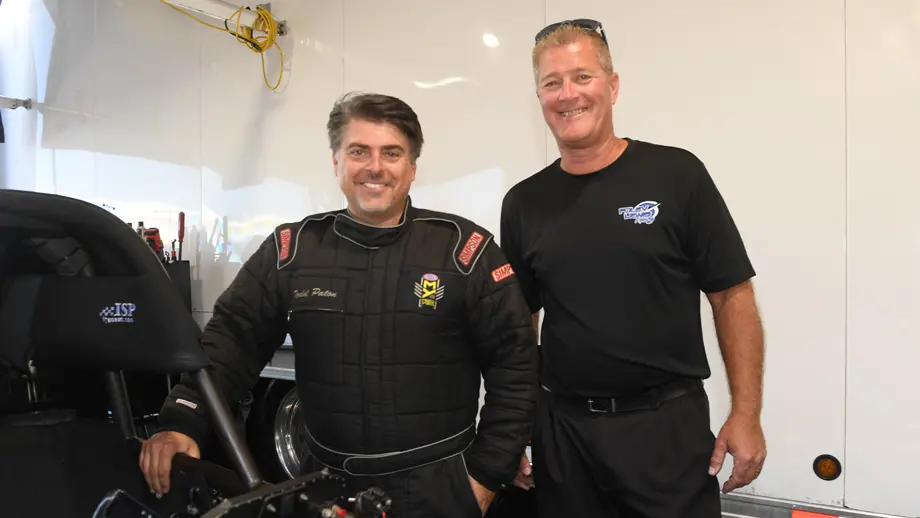
It’s been a whirlwind year for second-generation Todd Paton, who in the last nine months started his own business and has driven four different Top Fuel cars, including this weekend the new Top Fuel car of Doug Foley and Tim Lewis.
Paton, a four-time NHRA national event winner in Alcohol Funny Car in the late 1990s, has driven the Top Fuel car co-owned with his father, Barry, on and off for the last decade-plus, but usually he’s been on the tuning side for rented rides in the car with drivers including Shawn Reed, Tim Boychuk, Ike Maier, Paul Noakes, Dan Mercier, and Cameron Ferre while simultaneously doing tech support and service for data acquisition giant RacePak.
READ MORE: Doug Foley to renew Top Fuel license
In addition to driving the family car in Richmond, Paton also saddled up in Del Worsham’s dragster in Brainerd and Terry Haddock’s dragster in Reading before accepting an offer from Foley, who is planning his return to Top Fuel after a 10-year sabbatical, to shake down his new car.
“Doug called me out of the blue two weeks ago because he is going to license here on Monday and thought it would be good if I could make some shakedown passes,” said Paton. “He said, ‘I can’t guarantee how far down the track it’s going to go,’ but it will be nice to get him a 60- and 330-foot run and, if everything goes well, make it to the finish line to get him a headstart for Monday.”
“Either I can’t hold a job or people actually trust me with their stuff,” he joked of his Have Helmet Will Travel season.
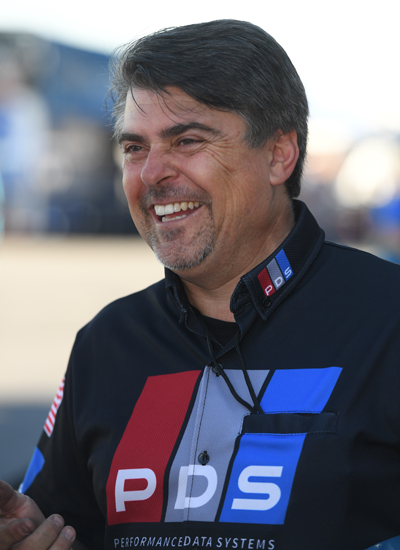
And speaking of jobs, his 12-year tenure with RacePak ended in August after Holley acquired the company and relocated its headquarters to Bowling Green, Ky., a move that Paton did not want to make.
“I got the heck out of Halifax, Nova Scotia and finally made it to Southern California there’s no way I’m going to leave there,” he admitted.
So Paton, who owns a BS degree in computer science and had risen to director of operations for RacePak, put all of his expertise to use and founded Performance Data Systems, partnering with RacePark engineer Jeff Green and hiring some other former RacePak employees on a part-time basis.
The relationship between Paton and RacePak is not adversarial in any way; in fact, PDS is a RacePak dealer and he’s doing support for the company at this event and others where he’s needed.
“Holley’s real market is the streetcar guy, display dashes and entry-level data loggers,” he explained. “The hardcore drag racing thing is not really their focus. They thought it was a business opportunity for someone else and I said, ‘I think you’re correct,’ and that IT was for me. They hired us to provide their onsite support at races where they can’t because they knew we’d be out here every race. I sold two RacePak units [Friday] to some Sportsman racers. It’s been a mutually beneficial relationship.
”At the end of the day, the racers are still benefiting because it’s still the same people servicing that, just in a different color shirt.”
For someone with his computer skills, there’s a lot to do at every event. By Paton’s estimate, at an event with 450 Pro and Sportsman cars, approximately 300 of them will have a data logger of some sort. The RacePak is on almost every Top Fuel, Funny Car, and Pro Stock entry and on a lot of the Pro Stock Motorcycles while cornering upwards of 60% of the Sportsman market.
“There’s not a lot of hand-holding but there’s a lot of repair because it’s a pretty abusive environment,’ he said. “They can have software and hardware problems or a fire that burns everything up, or maybe they forgot or lost their laptop or have a broken SD card.
Right now, PDS only makes cables and sensors but ultimately will have its own hardware and software -– a 12- to 18-month process, he estimates –- but whatever he does with be compatible with what’s out there.
“I’ve always been a computer guy,” he admitted. “I was helping people set up websites when the web was just coming and everyone knew they needed a site but had no idea how about the internet worked.”























